によって Louis van Rooyen 1年前.
110
Different types of thinking
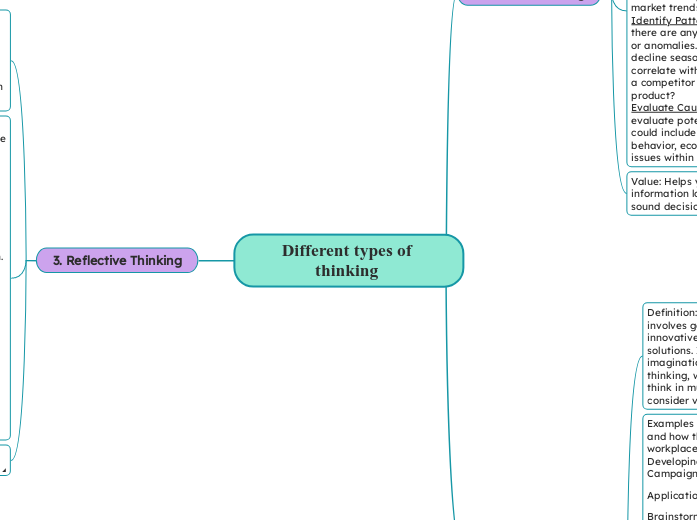
によって Louis van Rooyen 1年前.
110

もっと見る
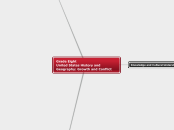

Brian Tateにより
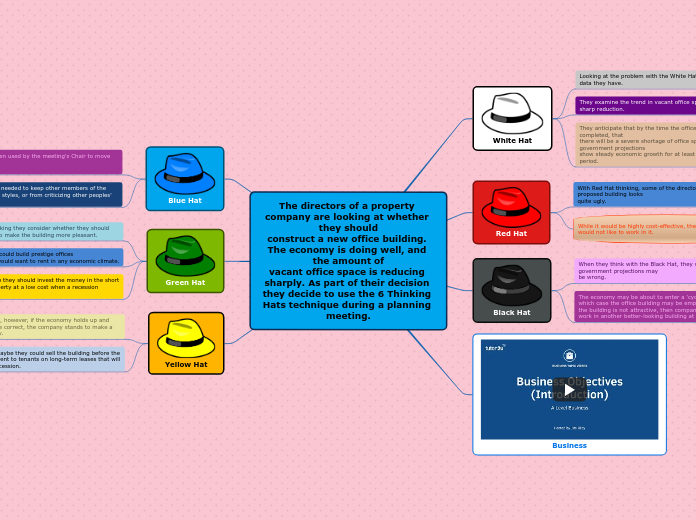

Serik Ayazhanにより
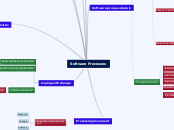

Ibrahim Ibrahimにより
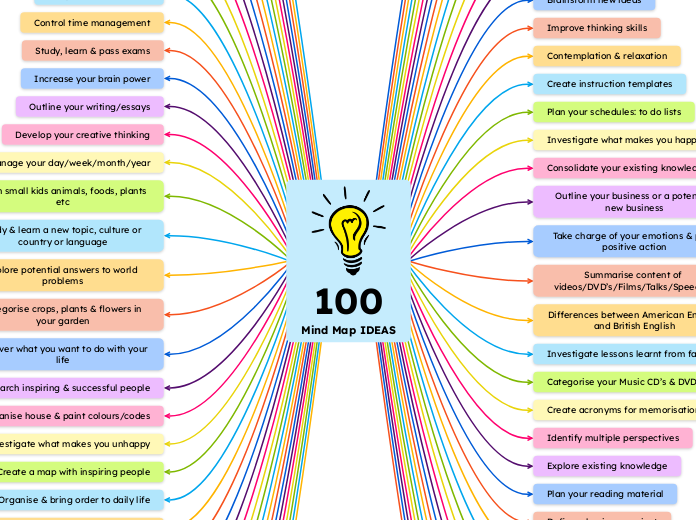

Mindomo Teamにより